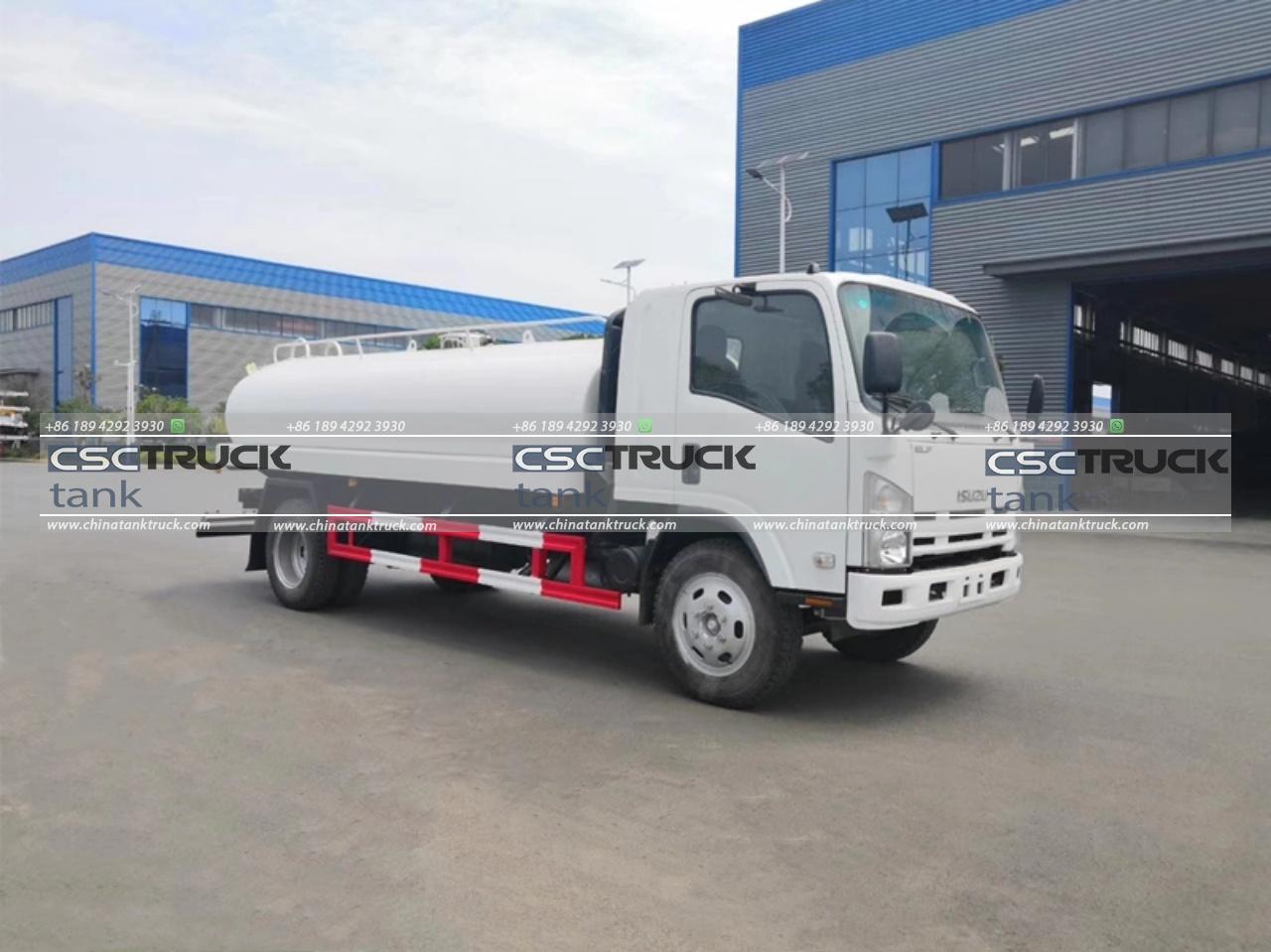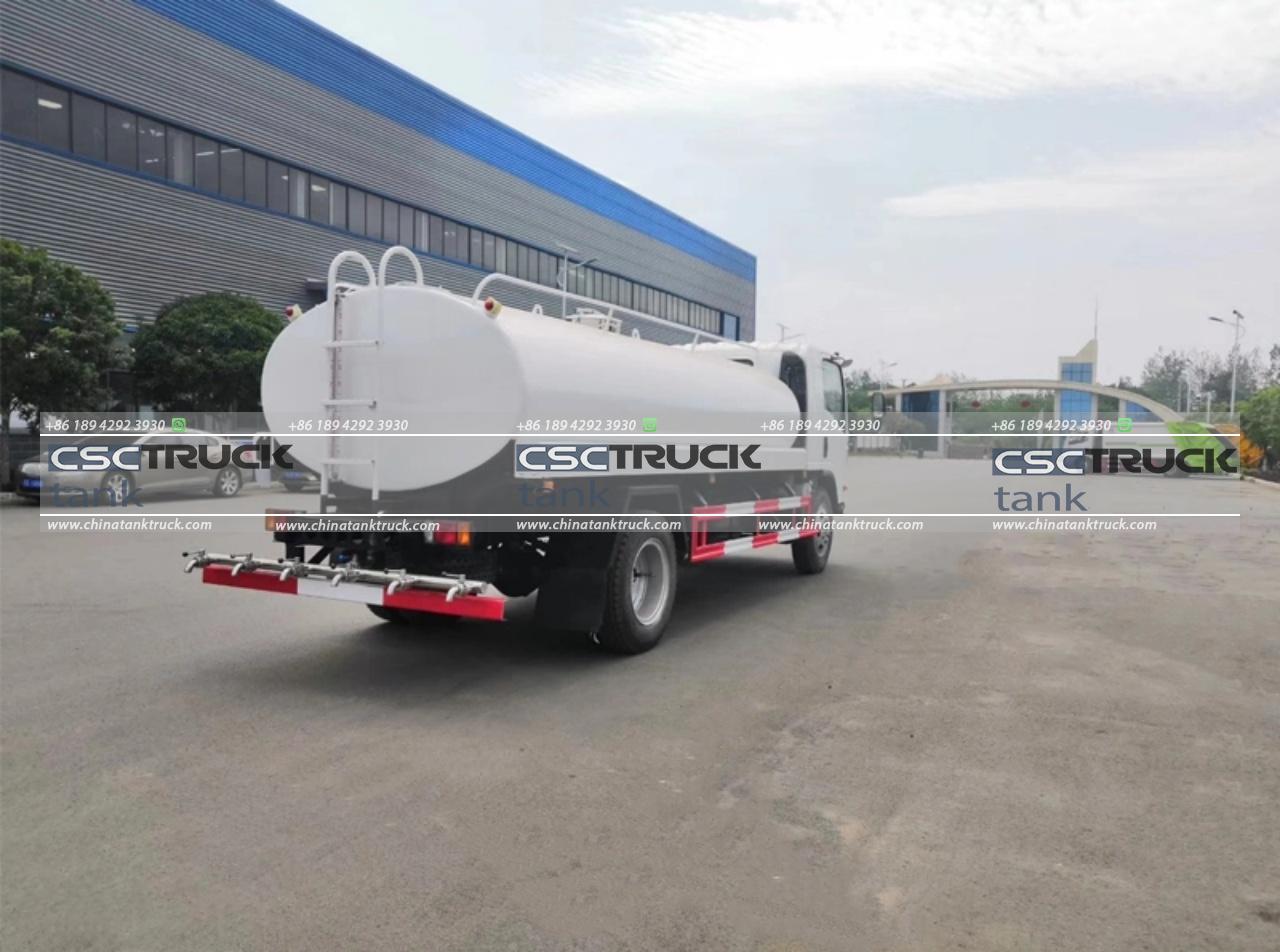Is it Safe to Unload a Tanker Truck?
Unloading a tanker truck is a common yet highly critical operation in various industries, including oil and gas, chemicals, food processing, and agriculture. While it may seem like a routine task, unloading a tanker truck involves multiple risks that can lead to severe accidents if not managed properly. Safety is paramount, and understanding the potential hazards and the measures required to mitigate them is crucial for anyone involved in this process.
The Importance of Safety in Tanker Truck Operations
Tanker trucks are designed to transport large quantities of liquids or gases, often flammable, toxic, or otherwise hazardous. The unloading process, which involves transferring the contents from the truck to storage tanks or other containers, can be hazardous if not performed correctly. The risks associated with unloading a tanker truck include spills, leaks, fires, explosions, and exposure to harmful substances.
These risks make safety procedures and protocols essential. Ensuring that proper safety measures are in place can prevent accidents, protect lives, and minimize environmental damage. Regulatory agencies, such as the Occupational Safety and Health Administration (OSHA) in the United States, have established guidelines and standards for safely unloading tanker trucks. However, compliance with these regulations requires a thorough understanding of the process and the potential dangers involved.

Common Hazards in Unloading Tanker Trucks
1. Spills and Leaks:
One of the most common hazards during the unloading of a tanker truck is the risk of spills and leaks. These can occur due to equipment failure, operator error, or damage to the truck or unloading system. Even a small leak can result in a significant spill, leading to contamination, fire, or chemical exposure.
2. Fire and Explosion Risks:
Many of the substances transported in tanker trucks, such as gasoline, diesel, and chemicals, are highly flammable. The presence of an ignition source, such as static electricity, open flames, or electrical equipment, can lead to fires or explosions during unloading.
3. Exposure to Hazardous Substances:
Unloading operations often involve handling substances that are toxic, corrosive, or otherwise harmful. Inadequate protective equipment or improper handling can lead to exposure, causing serious health issues, including respiratory problems, skin burns, or poisoning.
4. Equipment Failure:
The unloading process relies on various equipment, including hoses, pumps, valves, and fittings. Equipment failure, whether due to wear and tear, improper maintenance, or incorrect usage, can result in spills, leaks, or other hazardous situations.
5. Environmental Impact:
A spill or leak during unloading can have severe environmental consequences, especially if the substance is toxic or flammable. Contaminated soil, water bodies, and air can lead to long-term environmental damage, affecting wildlife, vegetation, and human health.
Key Safety Measures for Unloading Tanker Trucks
To ensure the safe unloading of a tanker truck, several safety measures must be implemented. These measures are designed to mitigate risks, protect workers, and minimize environmental impact.
1. Training and Competency:
Proper training is the cornerstone of safe unloading operations. Workers involved in unloading must be trained in the specific procedures, equipment, and hazards associated with the substances being handled. This includes understanding the properties of the materials, recognizing potential risks, and knowing how to respond in an emergency.
2. Use of Personal Protective Equipment (PPE):
Personal Protective Equipment (PPE) is essential for protecting workers from exposure to hazardous substances. Depending on the material being unloaded, this may include gloves, goggles, face shields, respirators, and protective clothing. Ensuring that PPE is appropriate for the task and in good condition is crucial.
3. Pre-Operational Inspections:
Before unloading begins, a thorough inspection of the equipment, including hoses, pumps, valves, and fittings, should be conducted. Checking for signs of wear, damage, or leaks can prevent equipment failure during the operation. Additionally, ensuring that the tanker truck is properly grounded can help prevent static electricity from causing fires or explosions.
4. Environmental Controls:
Containment measures, such as spill trays or absorbent materials, should be in place to manage potential spills or leaks. In the event of a spill, having a spill response plan and the necessary equipment can mitigate the environmental impact and prevent the situation from escalating.
5. Proper Ventilation:
Ensuring proper ventilation during unloading is crucial, especially when handling flammable or toxic substances. Adequate ventilation can prevent the accumulation of vapors that could ignite or cause respiratory issues. In confined spaces, additional precautions, such as gas monitoring, may be necessary.
6. Emergency Preparedness:
Even with all precautions in place, emergencies can still occur. Having a well-defined emergency response plan is essential. Workers should be trained in emergency procedures, including how to shut down equipment, contain spills, and evacuate the area if necessary. Access to emergency equipment, such as fire extinguishers, spill kits, and first aid supplies, should be readily available.
7. Communication and Coordination:
Clear communication and coordination among all personnel involved in the unloading process are vital. This includes communicating potential hazards, coordinating the sequence of operations, and ensuring that everyone is aware of their responsibilities. In larger operations, a designated safety officer or supervisor can oversee the process and ensure compliance with safety protocols.
8. Compliance with Regulations:
Adherence to local, state, and federal regulations is mandatory for the safe unloading of tanker trucks. Regulations often specify the requirements for equipment, training, PPE, and emergency response. Regular audits and inspections can help ensure compliance and identify areas for improvement.

Conclusion
Unloading a tanker truck is a high-risk operation that demands careful planning, proper training, and strict adherence to safety protocols. The potential hazards, including spills, fires, explosions, and exposure to harmful substances, make it imperative to prioritize safety at every step of the process.
By implementing robust safety measures, such as using appropriate PPE, conducting pre-operational inspections, ensuring proper ventilation, and maintaining clear communication, the risks associated with unloading tanker trucks can be significantly reduced. Moreover, compliance with regulations and continuous training are essential for fostering a culture of safety in the workplace.
Ultimately, the safe unloading of a tanker truck is not just about protecting workers; it’s about safeguarding the environment, the community, and the broader public from the potentially devastating consequences of an accident. With the right precautions and a commitment to safety, the risks can be managed effectively, making the unloading of a tanker truck a safe and controlled operation.

